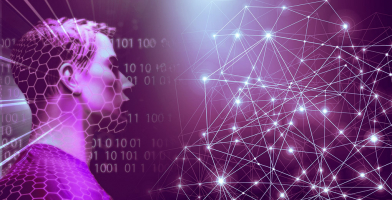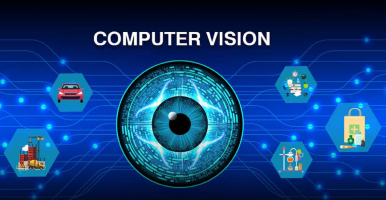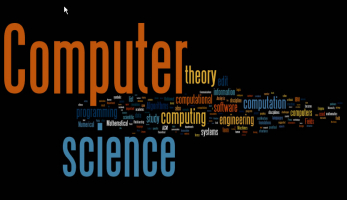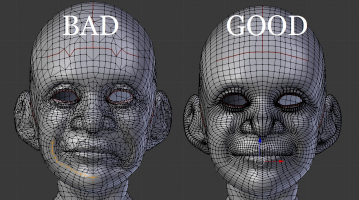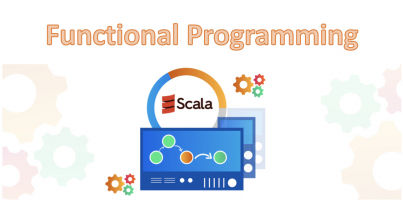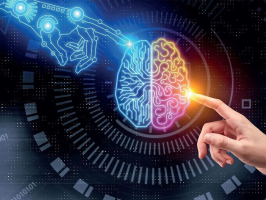Top 12 Best Books On Computer Neural Networks
To recognize links between huge volumes of data, neural networks use a series of algorithms that replicate the functions of an animal brain. As a result, they ... read more...are similar to the connections of neurons and synapses seen in the brain. The neural network concept, which has its roots in artificial intelligence, is quickly gaining traction in the creation of trading systems. They are utilized in a wide range of financial services applications, from forecasting and marketing research to fraud detection and risk assessment. For people interested in this field, the following are the best books on computer neural networks to read.
-
Aurélien Géron is a machine learning trainer and consultant. From 2013 to 2016, he led YouTube's video classification team as a former Googler. From 2002 until 2012, he was also the founder and CTO of Wifirst (a leading Wireless ISP in France), as well as the founder and CTO of two consulting firms, Polyconseil (telecom, media, and strategy) and Kiwisoft (machine learning and data privacy).
Deep learning has enhanced the entire area of machine learning with a succession of recent advancements. Even programmers with little knowledge of this technology can now utilize simple, efficient tools to create data-driven apps. Hands-On Machine Learning with Scikit-Learn, Keras, and TensorFlow will show you how.
Author Aurélien Géron helps you obtain an intuitive knowledge of the principles and tools for building intelligent systems by using straightforward examples, minimal theory, and two production-ready Python frameworks—Scikit-Learn and Tensor Flow. You'll study a variety of strategies, beginning with simple linear regression and working your way up to deep neural networks. With exercises in each chapter to help you apply what you've learned, all you need to get started is some programming expertise.
- Investigate the landscape of machine learning, particularly neural networks.
- Make use of Scikit-Learn to follow an example machine-learning project from start to finish.
- Investigate various training models, such as support vector machines, decision trees, random forests, and ensemble approaches.
- To create and train neural networks, use the Tensor Flow library.
- Investigate neural net architectures such as convolutional nets, recurrent nets, and deep reinforcement learning.
- Learn how to train and scale deep neural networks.
Author: Aurélien Géron
Link to buy: https://www.amazon.com/Hands-Machine-Learning-Scikit-Learn-TensorFlow/dp/1492032646/
Ratings: 4.8 out of 5 stars (from 3135 reviews)
Best Sellers Rank: #4,976 in Books
#1 in Artificial Intelligence (Books)
#1 in Natural Language Processing (Books)
#1 in Computer Neural Networks
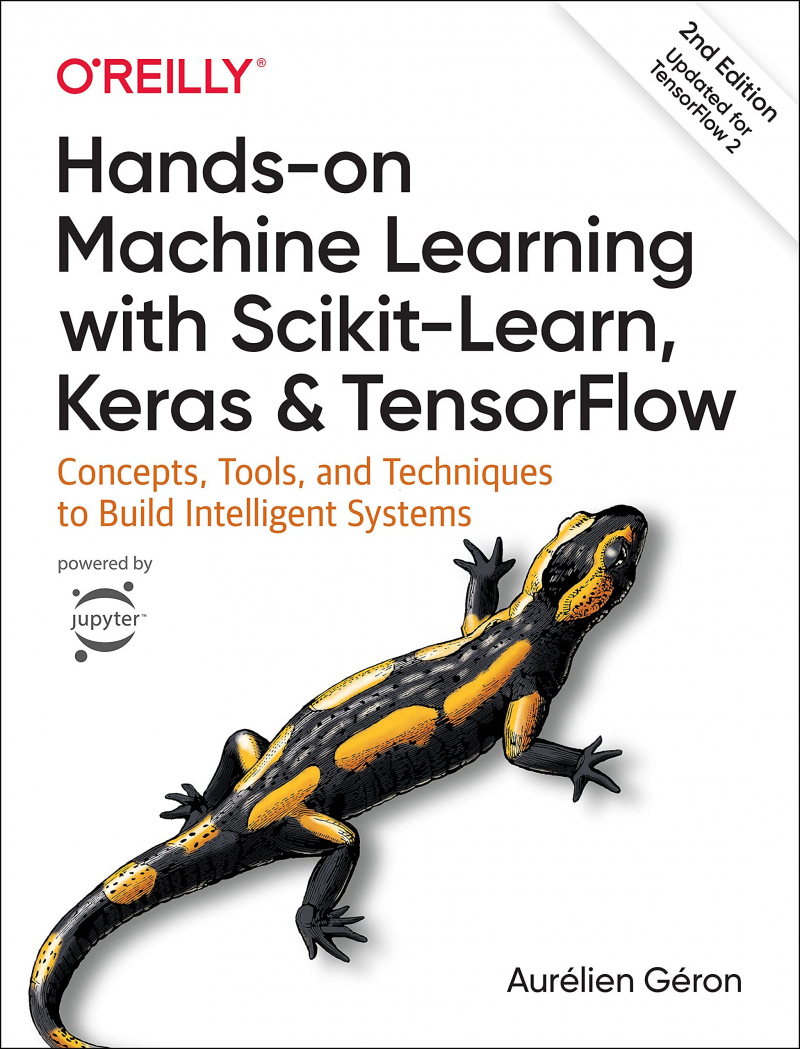
https://www.amazon.com/ 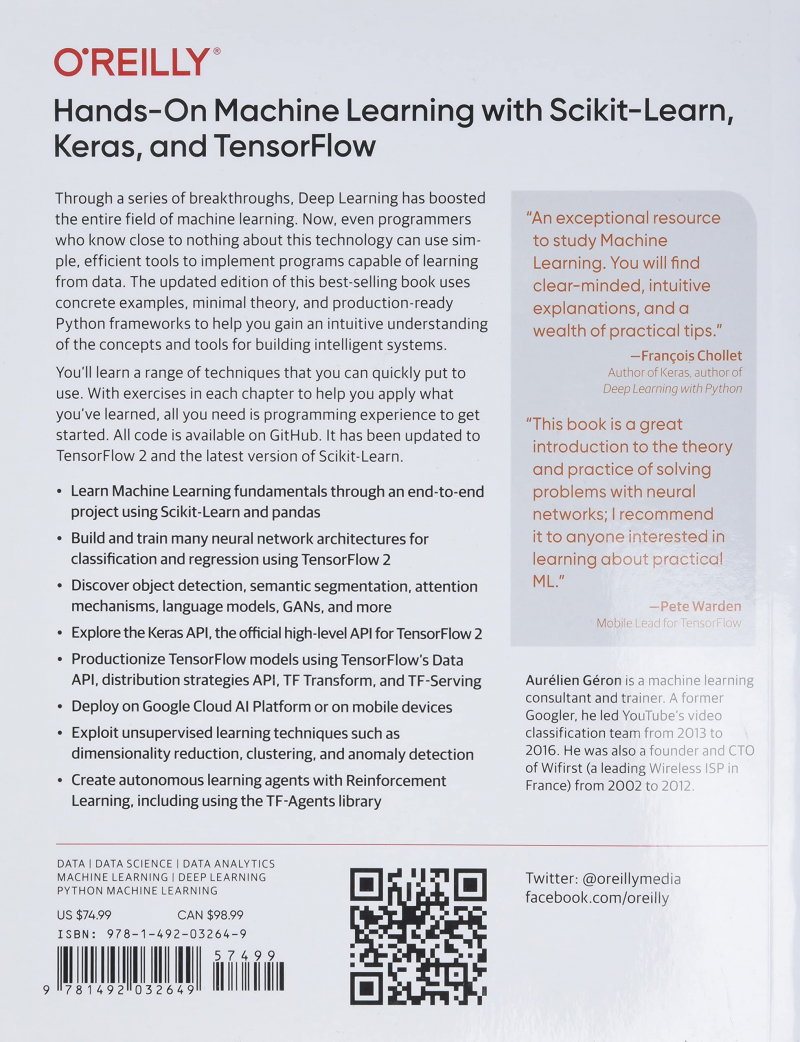
https://www.amazon.com/ -
Josh Starmer runs the popular YouTube series "StatQuest with Josh Starmer." Josh has been using a creative and unique visual approach to easily explain Statistics, Data Science, and Machine Learning concepts and algorithms to people all around the world since 2016. Rather of dumbing down the information, Josh walks individuals through basic examples step by step, utilizing images to ensure that every main topic is easy to learn and remember. StatQuest has helped people all over the world win data science competitions, pass exams, graduate from school, and gain jobs and promotions by breaking down even the most sophisticated algorithms into bite-sized bits.
Machine Learning is incredible and powerful, but it can also look to be extremely hard. This is where The StatQuest Illustrated Guide to Machine Learning may help. This book lays down machine learning algorithms, no matter how complex they are, into little, bite-sized chunks that are easy to understand. Each idea is carefully demonstrated to give you, the reader, a sense of how the procedures work beyond the equations alone. The ideas are not simplified in the StatQuest Illustrated Guide. Instead, it empowers you to become smarter and more knowledgeable about Machine Learning.
The StatQuest Illustrated Guide to Machine Learning begins with the fundamentals, demonstrating what machine learning is and what its goals are, then progresses from there, one picture at a time, until you have grasped the ideas behind self-driving cars and facial recognition.
Author: Josh Starmer PhD
Link to buy: https://www.amazon.com/StatQuest-Illustrated-Guide-Machine-Learning/dp/B09ZCKR4H6/
Ratings: 4.9 out of 5 stars (from 133 reviews)
Best Sellers Rank: #5,865 in Books
#2 in Computer Neural Networks
#3 in Artificial Intelligence & Semantics
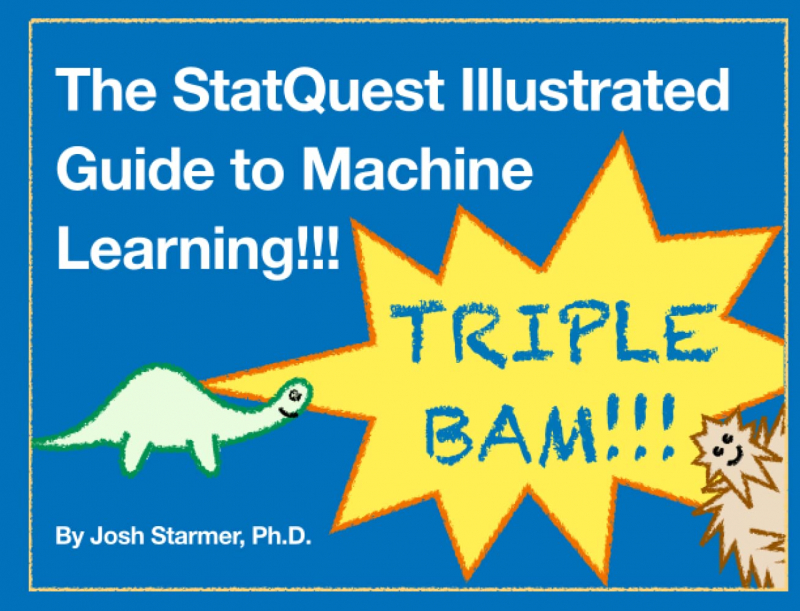
https://www.amazon.com/ 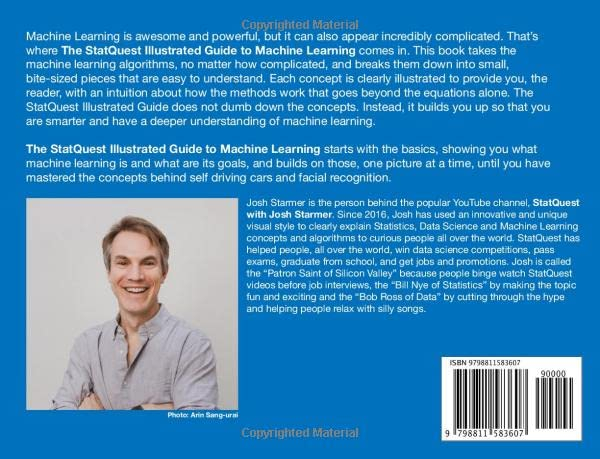
https://www.amazon.com/ -
François Chollet is a Google software developer and the author of the Keras deep-learning library.
Recent deep learning breakthroughs provide interesting new software capabilities such as automatic language translation, image recognition, and more. Deep learning is increasingly becoming necessary expertise for every software developer, and new tools like Keras and TensorFlow make it accessible to anyone, including those with no background in mathematics or data science. This book explains how to get started.
Deep Learning with Python has taught thousands of readers how to fully utilize deep learning's possibilities. This thoroughly rewritten, full-color second edition covers deep learning with Python and Keras, and is packed with insights for both novice and expert machine learning practitioners. You'll study real-world-applicable strategies as well as important theory for developing neural networks.
Deep Learning with Python, Second Edition exposes readers to the area of deep learning through the use of Python and the sophisticated Keras package. Keras founder François Chollet delivers insights for both novice and experienced machine learning practitioners in this revised and enlarged new edition. As you read this book, you'll gain knowledge through intuitive explanations, beautiful color images, and clear examples. You will quickly learn the skills required to begin constructing deep-learning apps.
Author: Francois Chollet
Link to buy: https://www.amazon.com/Learning-Python-Second-Fran%C3%A7ois-Chollet/dp/1617296864/
Ratings: 4.7 out of 5 stars (from 107 reviews)
Best Sellers Rank: #17,512 in Books
#5 in Computer Neural Networks
#15 in Python Programming
#22 in Computer Programming Languages

https://www.amazon.com/ 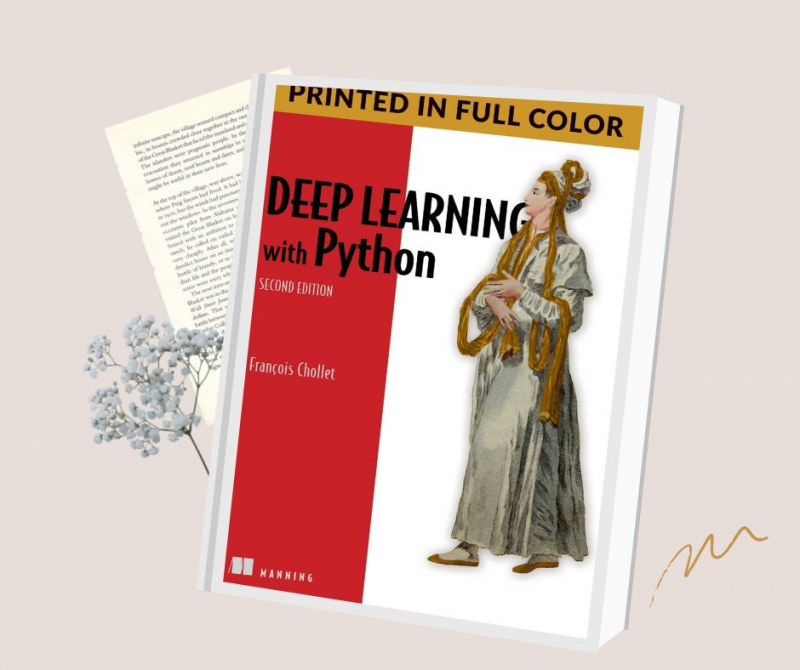
https://www.amazon.com/ -
Sebastian Raschka is an Assistant Professor of Statistics at the University of Wisconsin-Madison, where he studies machine learning and deep learning. Sebastian hopes to continue helping people learn about machine learning and artificial intelligence as the Lead AI Educator at Grid AI.
Yuxi (Hayden) Liu works at Google as a Machine Learning Software Engineer. He is creating and upgrading machine learning models and systems for ad optimization on the world's largest search engine.
Vahid Mirjalili works as a deep learning researcher on CV apps. Michigan State University awarded Vahid a Ph.D. in both Mechanical Engineering and Computer Science.
Machine Learning with PyTorch and Scikit-Learn is a comprehensive reference to using PyTorch for machine learning and deep learning. It serves as both a step-by-step instruction and a reference that you will return to as you create your machine learning systems.
The book covers all of the essential machine learning techniques in full, with clear explanations, visuals, and examples. While some books merely teach you to follow instructions, this machine learning book teaches you the ideas that will allow you to construct models and applications for yourself.
PyTorch is a Pythonic approach to machine learning that makes it easy to learn and code with. This book discusses the fundamentals of PyTorch and how to build models with popular libraries like PyTorch Lightning and PyTorch Geometric.
You will also learn about generative adversarial networks (GANs) for generating new data and using reinforcement learning to train intelligent agents. Finally, this new version has been expanded to include the most recent deep learning trends, such as graph neural networks and large-scale transformers for natural language processing (NLP).
This PyTorch book is your machine learning buddy, whether you're a Python developer new to machine learning or want to brush up on the latest breakthroughs.
What you will discover:
- Investigate frameworks, models, and strategies for machine learning from data.
- For machine learning, use scikit-learn, and for deep learning, use PyTorch.
- Train machine learning classifiers on photos, text, and other data sources.
- Create and test neural networks, transformers, and boosting algorithms.
- Learn about the best procedures for reviewing and tuning models.
- Using regression analysis, predict continuous target outcomes.
- Using sentiment analysis, delve deeper into textual and social media data.
If you know the fundamentals of Python and want to learn about machine learning and deep learning, this is the book for you. This is a must-have resource for developers and data scientists who wish to use scikit-learn and PyTorch to build practical machine learning and deep learning applications. Before you begin reading this book, you should be familiar with calculus and linear algebra.
Author: Sebastian Raschka, Yuxi Liu and Vahid Mirjalili
Link to buy: https://www.amazon.com/Machine-Learning-PyTorch-Scikit-Learn-learning/dp/1801819319/
Ratings: 4.8 out of 5 stars (from 109 reviews)
Best Sellers Rank: #23,094 in Books
#1 in Speech & Audio Processing
#2 in Natural Language Processing (Books)
#6 in Computer Neural Networks
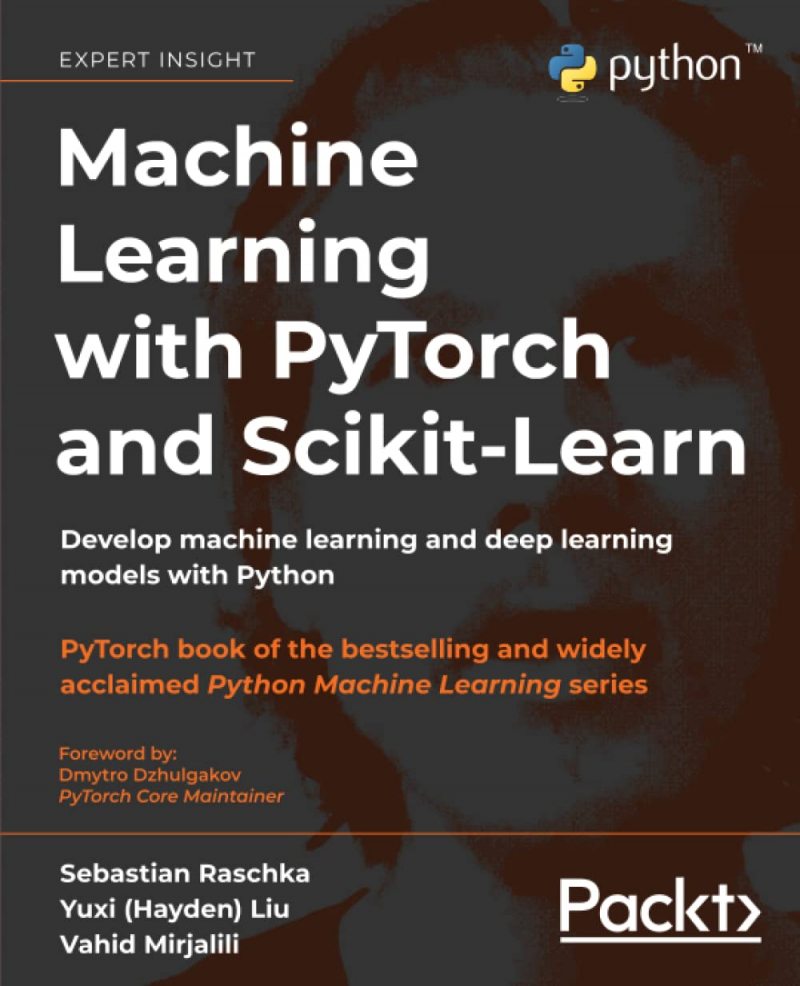
https://www.amazon.com/ 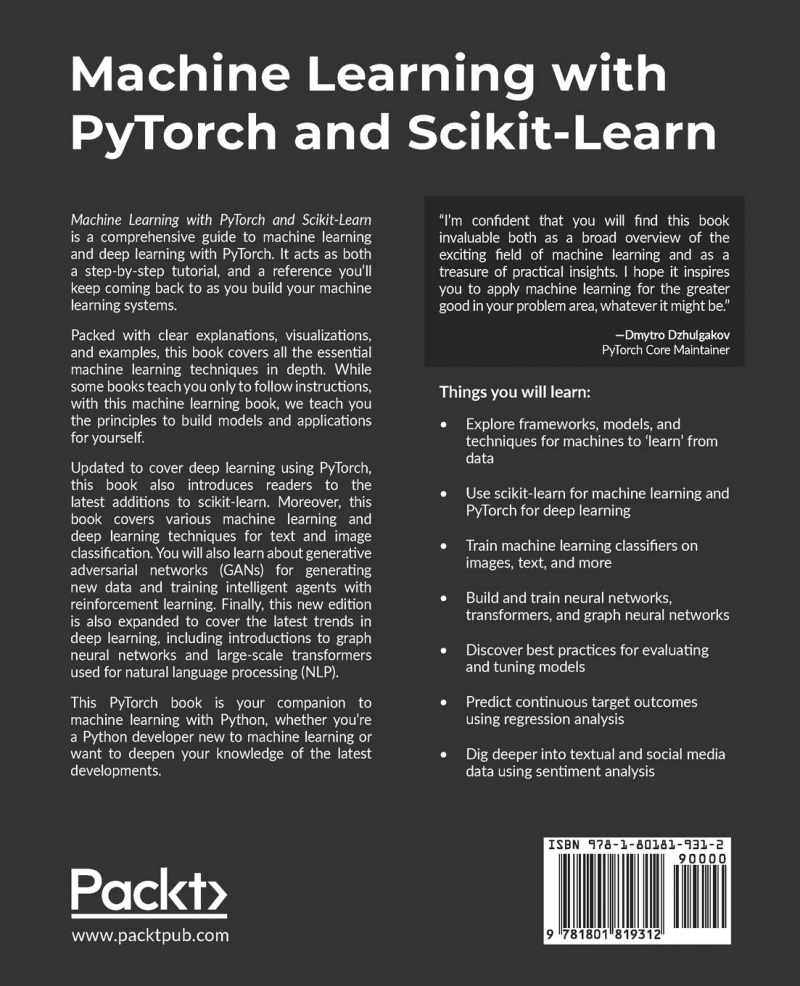
https://www.amazon.com/ -
Stefan is the CEO and creator of Applied AI. He consults Fortune 500 businesses, investment firms, and startups across industries on data and AI strategy, team building, and implementing end-to-end machine learning solutions for a wide range of business problems.
The increasing rise of digital data has increased the demand for competence in machine learning trading tactics (ML). You can develop and assess powerful supervised, unsupervised, and reinforcement learning models with this rewritten and enlarged second edition.
Machine Learning for Algorithmic Trading covers the entire trading workflow, from idea and feature engineering to model optimization, strategy creation, and backtesting. It demonstrates this with examples ranging from linear models and tree-based ensembles to cutting-edge deep-learning approaches.
This edition demonstrates how to develop tradeable signals using market, fundamental, and alternative data such as tick data, minute and daily bars, SEC filings, earnings call transcripts, financial news, or satellite photos. It demonstrates how to create financial features or alpha factors that allow a machine learning model to forecast returns using price data for US and international equities and ETFs. It also demonstrates how to use Alphalens and SHAP values to assess the signal content of new features, and it contains a new appendix with over one hundred alpha factor examples.
By the end, you will be able to translate ML model predictions into a trading strategy that runs on a daily or intraday basis, as well as evaluate its performance.
What you will discover:
- Make use of market, fundamental, alternate text, and picture data.
- Using statistics, Alphalens, and SHAP values, investigate and assess alpha factors.
- Make use of machine learning approaches to tackle investment and trading issues.
- Zipline and Backtrader are used to backtest and evaluate trading techniques based on machine learning.
- Using pandas, NumPy, and pyfolio, optimize portfolio risk and performance analyses.
- Create a pairs trading strategy for US equities and ETFs based on cointegration.
- Using AlgoSeek's high-quality trades and quotations data, train a gradient boosting model to forecast intraday returns.
This book is for you if you are a data analyst, data scientist, Python developer, investment analyst, or portfolio manager looking to gain hands-on machine learning knowledge for trading. If you want to understand how to extract value from a varied variety of data sources using machine learning to develop your own systematic trading methods, this book is for you. A working knowledge of Python and machine learning techniques is necessary.
Author: Stefan Jansen
Link to buy: https://www.amazon.com/Machine-Learning-Algorithmic-Trading-alternative/dp/1839217715/
Ratings: 4.5 out of 5 stars (from 231 reviews)
Best Sellers Rank: #42,447 in Books
#9 in Computer Neural Networks
#11 in Artificial Intelligence (Books)
#15 in Business Investments
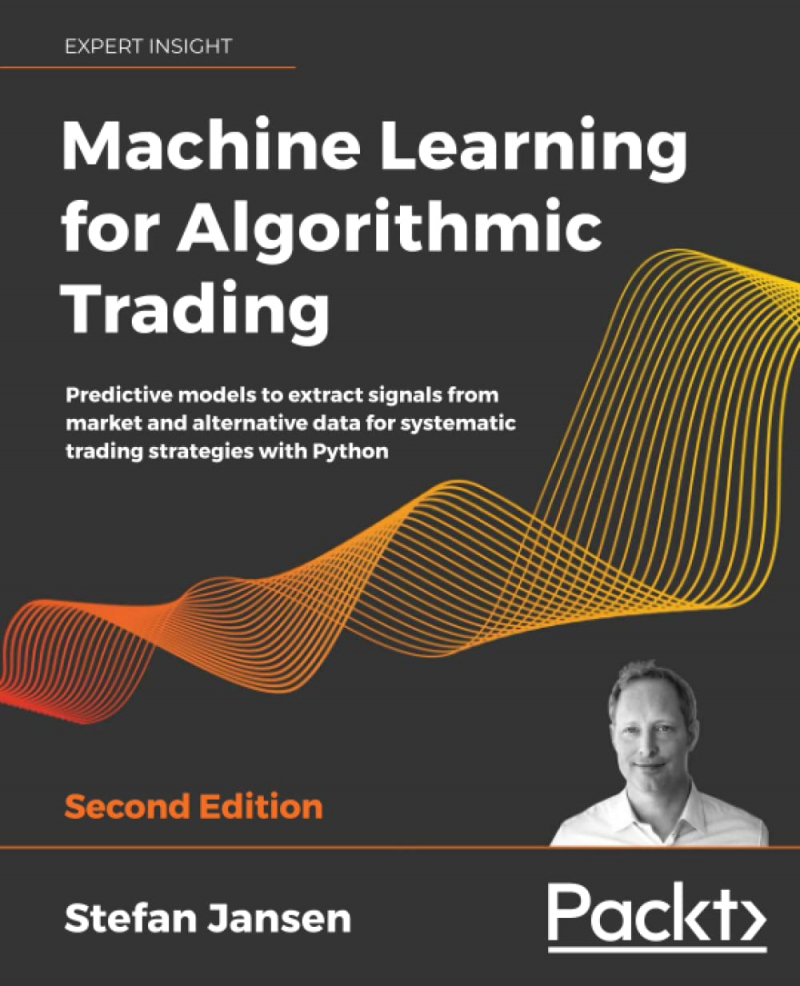
https://www.amazon.com/ 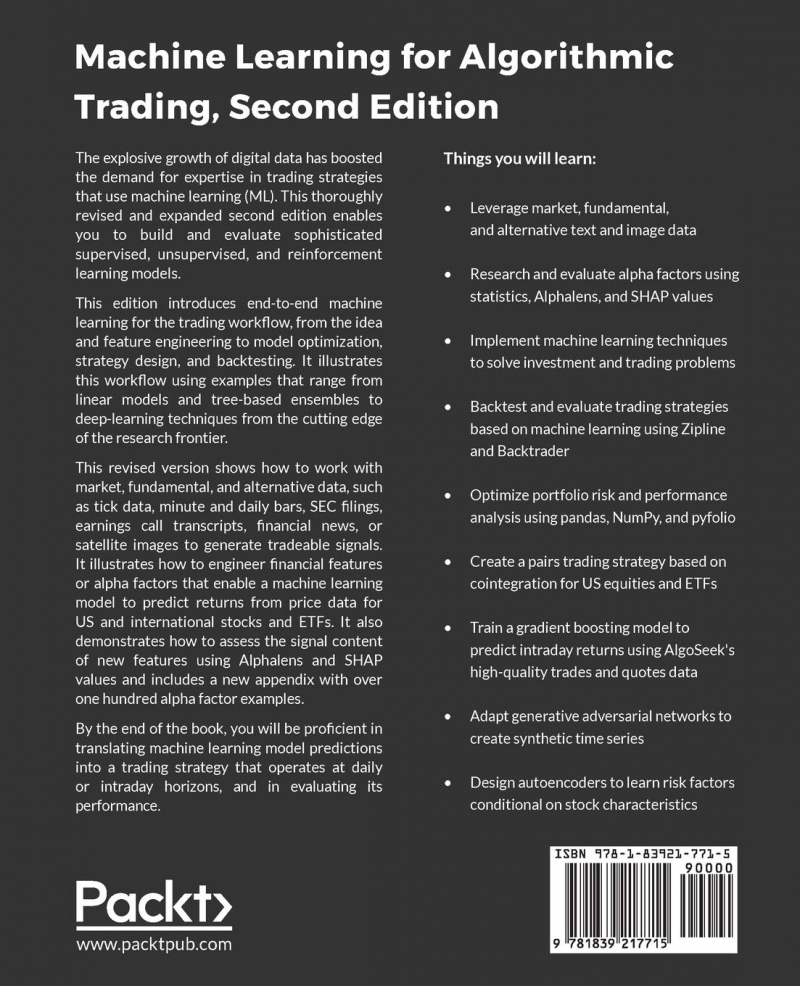
https://www.amazon.com/ -
Jeremy Howard is a business owner, entrepreneur, developer, and instructor. Jeremy is a co-founder of fast.ai, a research organization devoted to making deep learning more accessible. Sylvain is a fast.ai Research Scientist that focuses on making deep learning more accessible by creating and improving strategies that allow models to train quickly on constrained resources.
Deep learning is frequently regarded as the sole domain of math PhDs and large tech corporations. However, as this hands-on guide reveals, Python programmers may produce excellent deep learning results with little math knowledge, small quantities of data, and minimum code. How? Fastai is the first library to give a consistent interface to the most popular deep learning applications.
The inventors of fastai, Jeremy Howard and Sylvain Gugger, teach you how to train a model on a variety of tasks using fastai and PyTorch. You'll also delve further and deeper into deep learning theory to acquire a thorough knowledge of the algorithms at work in Deep Learning for Coders with Fastai and PyTorch.
- Models in computer vision, natural language processing, tabular data, and collaborative filtering should be trained.
- Discover the most recent deep learning techniques that are most relevant in practice.
- Understanding how deep learning models function can help you improve accuracy, speed, and dependability.
- Learn how to convert your models into web applications.
- Consider the ethical implications of your work as you build deep learning algorithms from scratch. Gain insight from the foreword by PyTorch cofounder Soumith Chintala.
If you're new to deep learning and machine learning, this is the place to be. The sole requirement is that you know how to code, ideally in Python. The book will show you how to obtain world-class results using approaches from the most recent research in this book. This does not necessitate sophisticated mathematical skills or years of study. It only takes a little common sense and tenacity.
Author: Jeremy Howard and Sylvain Gugger
Link to buy: https://www.amazon.com/Deep-Learning-Coders-fastai-PyTorch/dp/1492045527/
Ratings: 4.8 out of 5 stars (from 402 reviews)
Best Sellers Rank: #68,152 in Books
#12 in Machine Theory (Books)
#12 in Computer Neural Networks
#23 in Computer Graphics
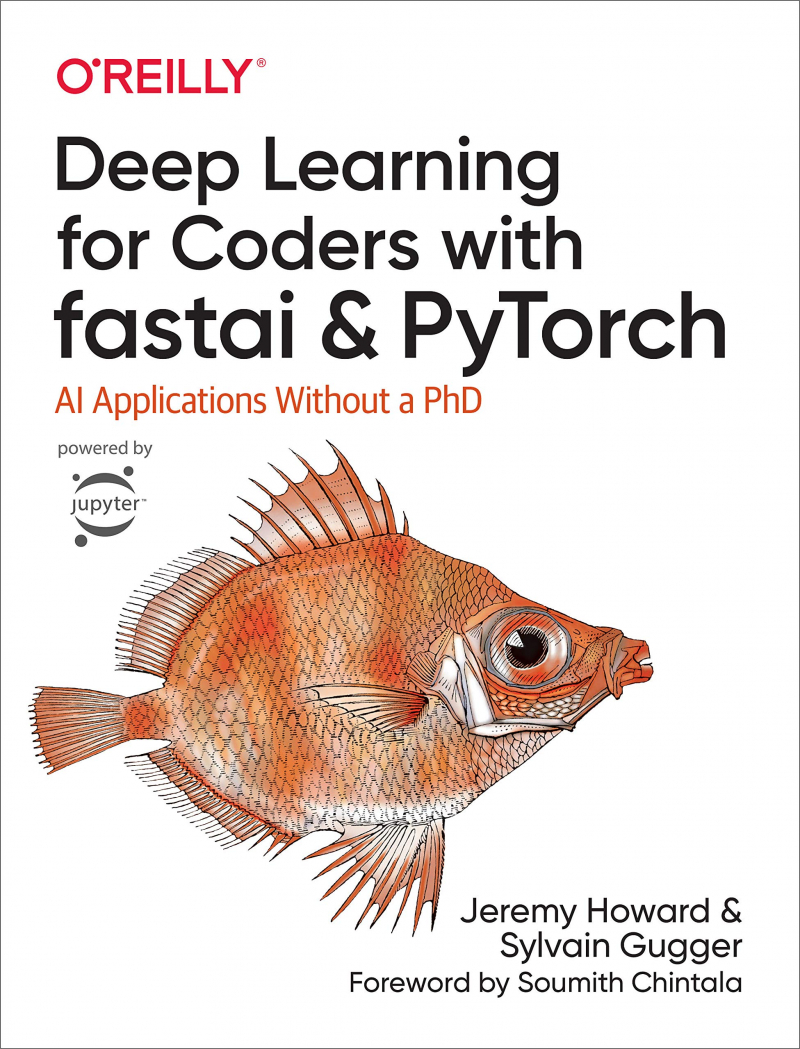
https://www.amazon.com/ 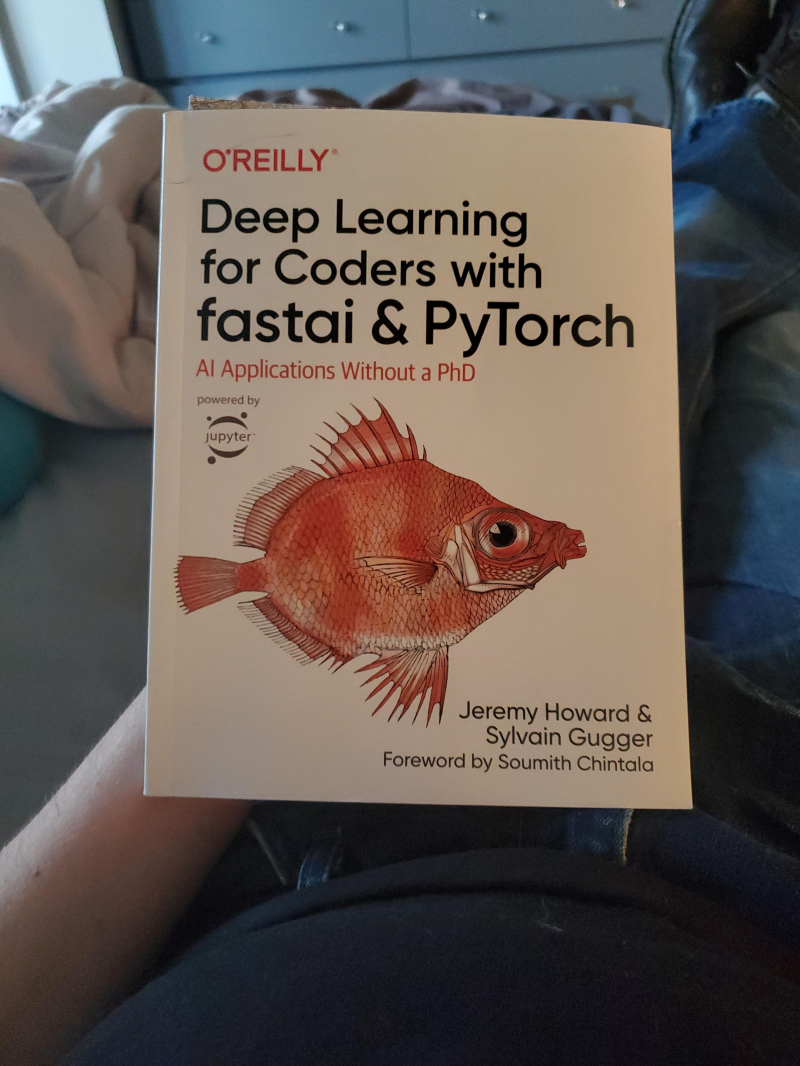
https://www.amazon.com/ -
Hannes Hapke is a senior data scientist for SAP Concur's Concur Labs, where he investigates novel methods to apply machine learning to improve the business traveler experience. Catherine Nelson is also a Senior Data Scientist for Concur Labs at SAP Concur, where she investigates novel methods to apply machine learning to improve the business traveler experience.
Companies are investing billions of dollars in machine learning initiatives, but the money is a waste if the models cannot be properly applied. Hannes Hapke and Catherine Nelson bring you through the steps of automating a machine learning pipeline using the TensorFlow environment in this practical guide. In Building Machine Learning Pipelines, you'll discover approaches and tools for reducing deployment time from days to minutes, allowing you to focus on designing new models rather than managing legacy systems.
Data scientists, machine learning engineers, and DevOps engineers will learn how to successfully productize their data science initiatives beyond model development, while managers will gain a better understanding of their role in accelerating these projects.
- Learn about the stages that comprise a machine learning pipeline.
- Create your pipeline with TensorFlow Extended components.
- Use Apache Beam, Apache Airflow, and Kubeflow Pipelines to orchestrate your machine learning workflow.
- Use TensorFlow Data Validation and TensorFlow Transform to work with data.
- Using TensorFlow Model Analysis, you can thoroughly examine a model.
- Examine your model's performance for fairness and bias.
- Models can be deployed using TensorFlow Serving or converted to TensorFlow Lite for mobile devices.
- Learn about machine learning approaches that protect your privacy.
Author: Hannes Hapke and Catherine Nelson
Link to buy: https://www.amazon.com/Building-Machine-Learning-Pipelines-Automating/dp/1492053198/
Ratings: 4.5 out of 5 stars (from 57 reviews)
Best Sellers Rank: #81,319 in Books
#4 in Speech & Audio Processing
#12 in Natural Language Processing (Books)
#13 in Computer Neural Networks
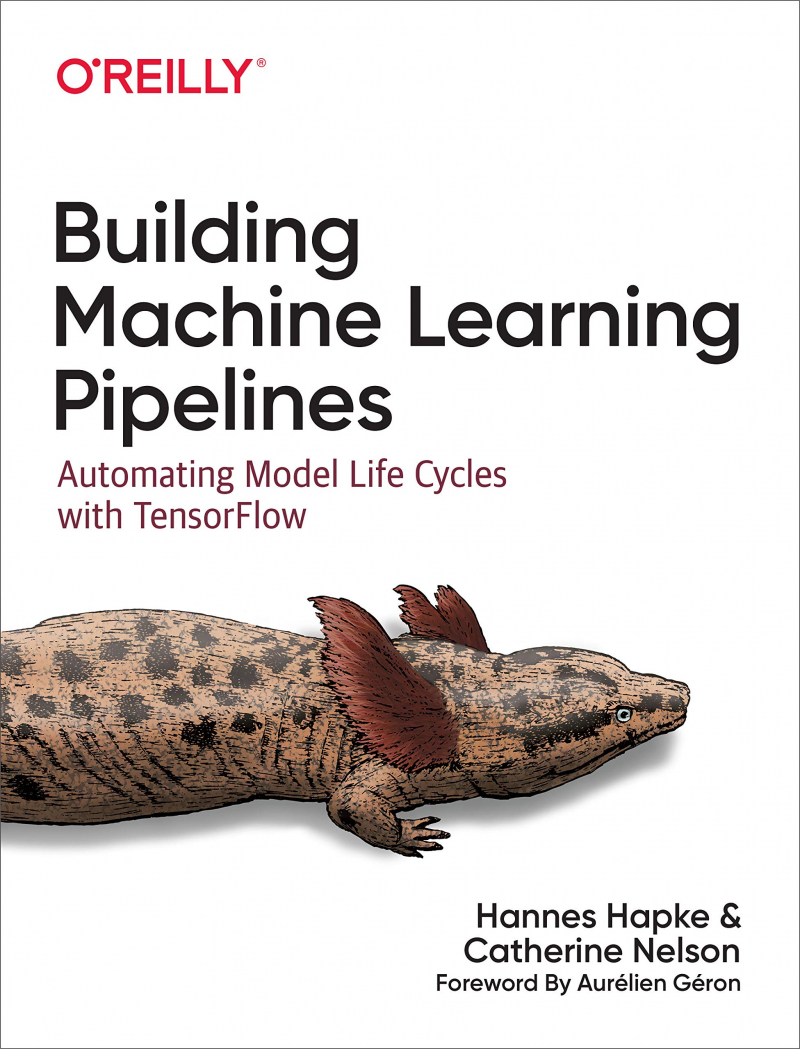
https://www.amazon.com/ 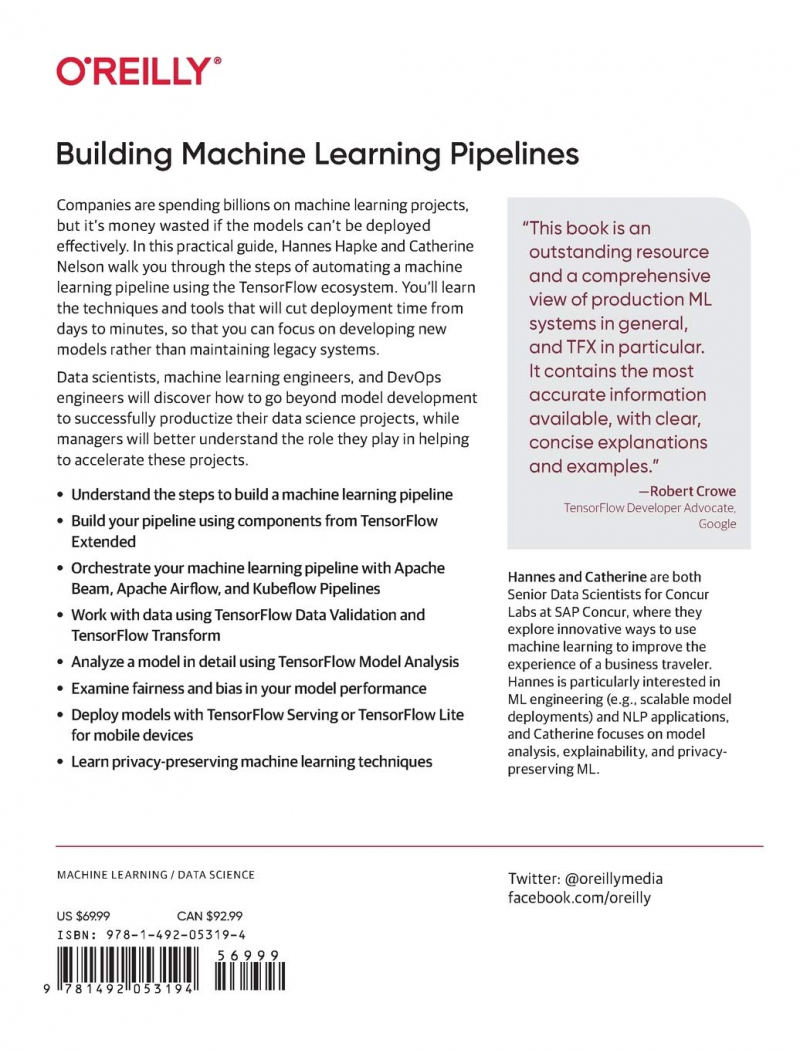
https://www.amazon.com/ -
Ben Wilson has almost ten years of experience as a professional data scientist. He is currently a resident solutions architect at Databricks, where he works with enterprises ranging from 5-person startups to worldwide Fortune 100. Ben founded and leads the Databricks Labs AutoML project, a Scala and Python-based toolkit that simplifies machine learning feature engineering, model tuning, and pipeline-enabled modeling.
Machine Learning Engineering in Action teaches you:
- Evaluating data science problems in order to discover the best answer
- Scoping a machine learning project for budget and usage assumptions
- Process approaches that reduce waste and speed up production
- Using standardized prototyping work and statistical validation to evaluate a project
- Selecting the appropriate technology and tools for your project
- Making your codebase easier to comprehend, maintain, and test
- Streamlining your troubleshooting and logging procedures
It is not easy to get a machine learning project from your data science team to your end users. Machine Learning Engineering in Action will assist you in simplifying the process. Inside, you'll find terrific guidance from Databricks' Principal Resident Solutions Architect, Ben Wilson.
Ben describes his personal toolbox for developing deployable and maintainable production machine learning systems. You'll discover the value of Agile approaches for rapid prototyping and collaboration with stakeholders, as well as a fresh understanding for the value of planning. Adopting well-established software development standards will help you achieve better code management and make testing, scaling, and reusing machine learning code easier. Every method is described in an approachable, peer-to-peer format and illustrated with production-ready source code.
Author: Ben Wilson
Link to buy: https://www.amazon.com/Machine-Learning-Engineering-Action-Wilson/dp/1617298719/
Ratings: 5.0 out of 5 stars (from 2 reviews)
Best Sellers Rank: #82,530 in Books
#15 in Computer Neural Networks
#48 in Data Processing
#49 in Object-Oriented Design
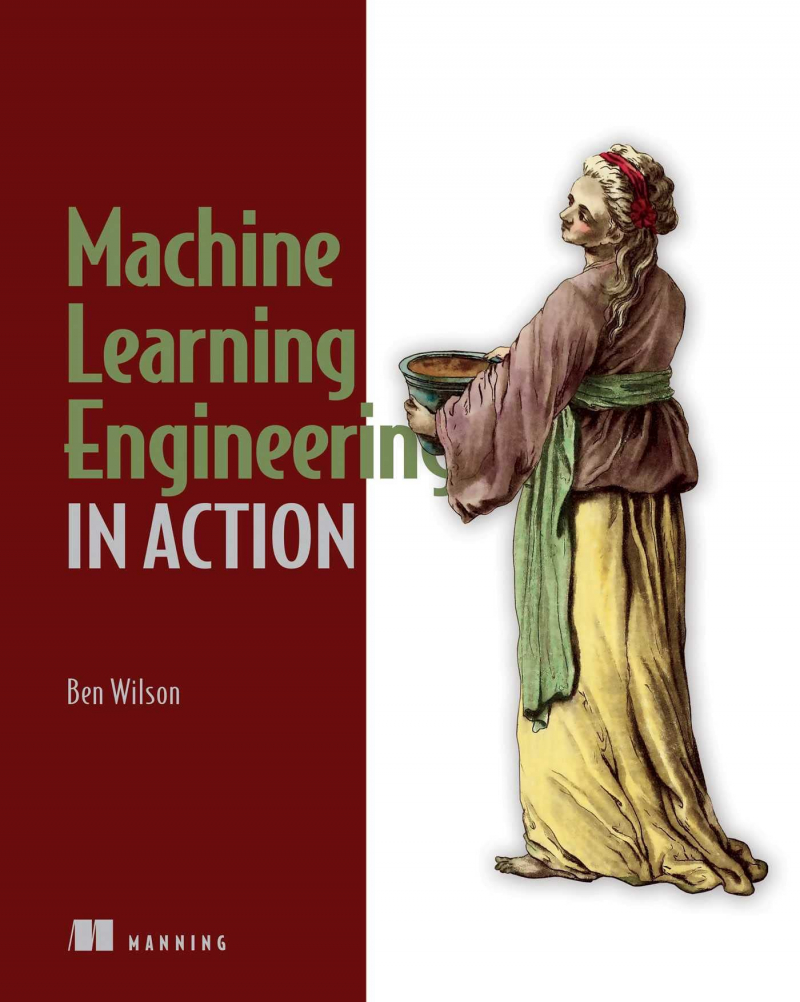
https://www.amazon.com/ 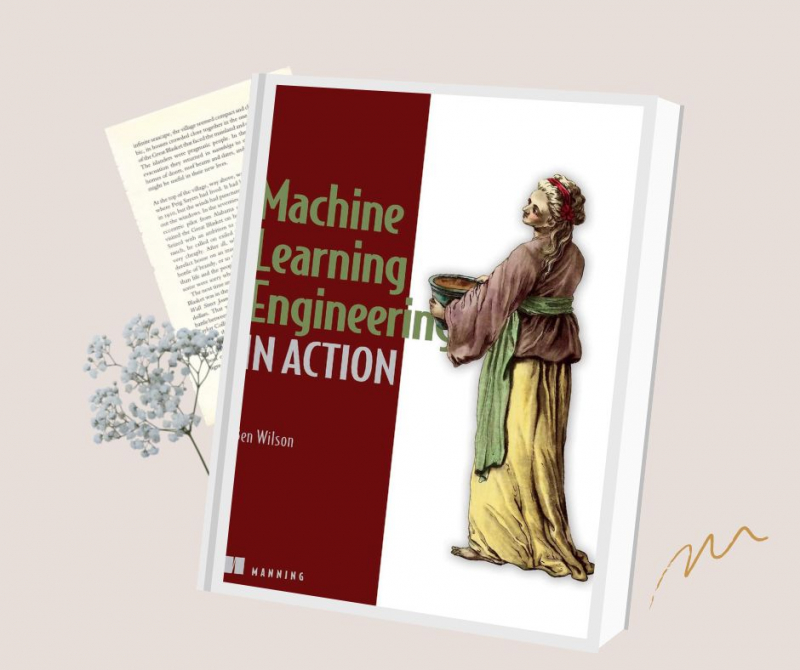
https://www.amazon.com/ -
Sebastian Raschka is an Assistant Professor of Statistics at the University of Wisconsin-Madison, where he studies machine learning and deep learning. Vahid Mirjalili earned a Ph.D. in mechanical engineering while researching unique methodologies for large-scale computational simulations of molecular structures.
Python Machine Learning, Third Edition offers an in-depth look at machine learning and deep learning in Python. It serves as both a step-by-step instruction and a reference that you will return to as you create your machine learning systems.
The book covers all of the essential machine learning techniques in full, with clear explanations, graphics, and working examples. While some publications merely teach you to follow instructions, Raschka and Mirjalili teach you the foundations of machine learning, allowing you to construct models and applications for yourself.
This new third edition, updated for TensorFlow 2.0, introduces readers to the new Keras API capabilities as well as the latest scikit-learn enhancements. It has also been expanded to include cutting-edge deep learning-based reinforcement learning approaches, as well as an introduction to GANs. Finally, this book delves into sentiment analysis, a subfield of natural language processing (NLP) that teaches you how to classify materials using machine learning methods.
This book is your machine learning buddy, whether you're a Python developer new to machine learning or want to brush up on the latest breakthroughs. It is regarded as one of the best books on computer neural networks.
What you will discover:
- Understand the frameworks, models, and approaches that allow machines to 'learn' from data.
- For machine learning, use scikit-learn, and for deep learning, use TensorFlow.
- Machine learning can be used for picture categorization, sentiment analysis, intelligent online applications, and other tasks.
- Create and hone neural networks, GANs, and other models.
- Learn about the best procedures for reviewing and tuning models.
- Using regression analysis, predict continuous target outcomes.
- Using sentiment analysis, delve deeper into textual and social media data.
Pick up this book if you know Python and wish to apply machine learning and deep learning. This is a vital resource whether you want to start from scratch or expand your machine learning knowledge. This book is suitable for anyone who wants to teach computers how to learn from data and is written for developers and data scientists who want to produce real machine learning and deep learning programs.
Author: Sebastian Raschka and Vahid Mirjalili
Link to buy: https://www.amazon.com/Python-Machine-Learning-scikit-learn-TensorFlow/dp/1789955750/
Ratings: 4.5 out of 5 stars (from 375 reviews)
Best Sellers Rank: #83,573 in Books
#13 in Natural Language Processing (Books)
#16 in Computer Neural Networks
#85 in Python Programming
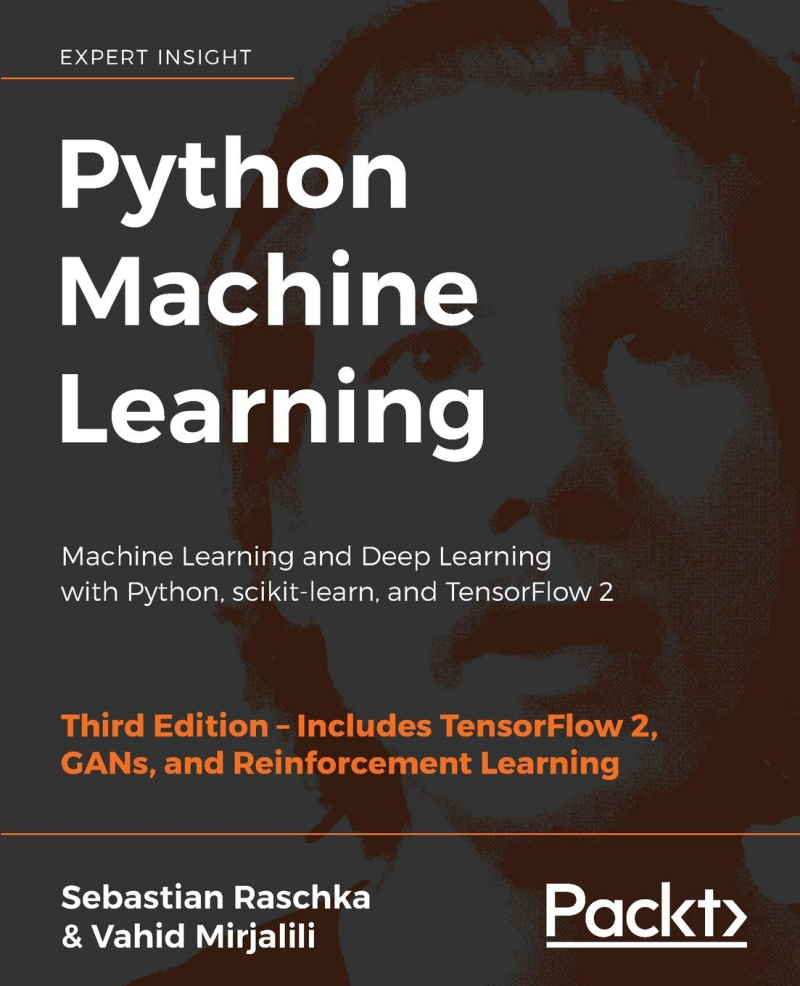
https://www.amazon.com/ 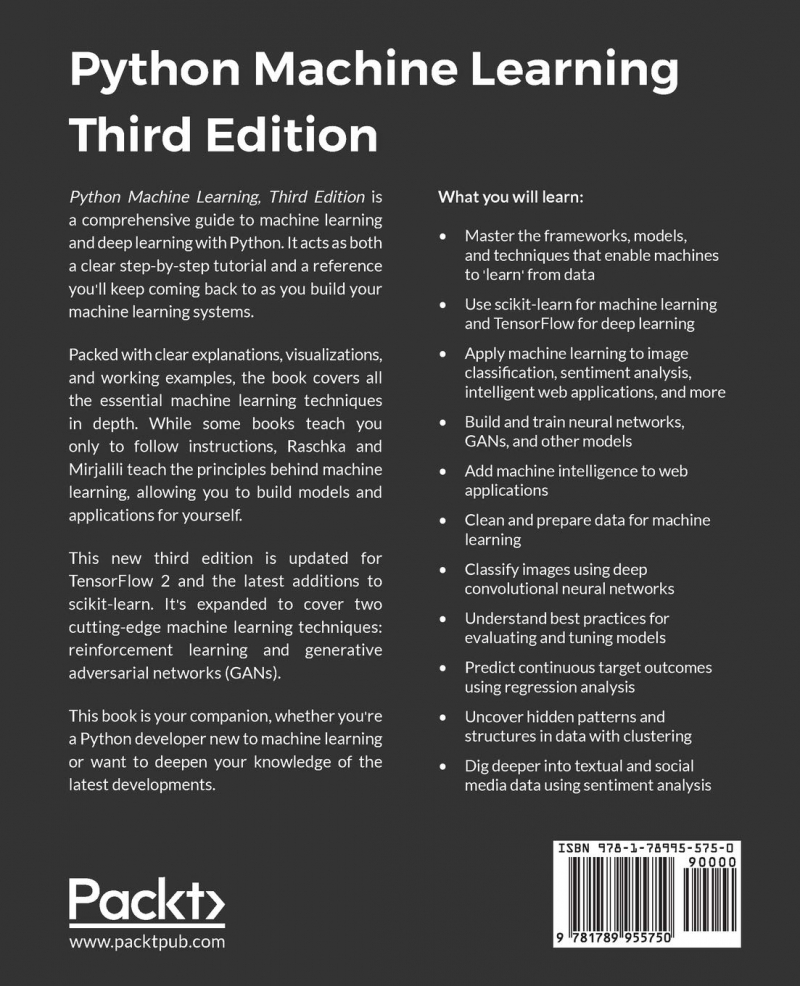
https://www.amazon.com/ -
Laurent Bernut has over two decades of expertise in the alternative investment industry. Following his CPA certification in the United States, he prepared financial statements in both Japanese and English for a Tokyo Stock Exchange-listed firm. He joined Fidelity Investments Japan as a professional quantitative short-seller after working as an analyst in two Tokyo-based hedge funds. Laurent has created multiple portfolio management systems and quantitative models for a variety of platforms. He now writes and operates algorithmic techniques and is the unquestioned authority on short selling on Quora, where he was named top writer in 2017, 2018, and 2019.
Learning how to sell short is a must if you work in the long/short market. Short selling is essential for increasing assets under management. Algorithmic Short Selling with Python will help you deconstruct and develop your short selling skills by offering Python source code to build a solid long/short portfolio. It examines fundamental and advanced trading concepts through the eyes of a seasoned short seller.
This book will take you from an idea ("buy bullish stocks, sell bearish ones") to joining the elite club of long/short hedge fund algorithmic traders. One barrier at a time, you'll learn about trading psychology, trading edge, regime definition, signal processing, position sizing, risk management, and asset allocation. Along the way, you'll learn simple techniques for constantly generating investment ideas, as well as elements that influence returns, volatility, and overall attractiveness of returns.
By the end of Algorithmic Short Selling with Python, you will not only be familiar with some of the most complex principles in capital markets, but you will also have Python source code to build a long/short product that investors are sure to find appealing.
What you will discover:
- Develop the attitude required to win the stock market's infinite, difficult, and random game.
- Explain how to use short selling to earn alpa in bull, bear, and sideways markets.
- Create ideas on both sides of the portfolio on a consistent basis.
- Use Python source code to provide a statistically sound trading advantage.
- Create improved risk-management practices.
- Create a compelling long/short product for investors.
This is a book written by a practitioner for other practitioners. Long/short market participants, quantitative participants, proprietary traders, commodity trading advisors, retail investors (pro retailers, students, and retail quants), and long-only investors will all gain from it. At least two years of active trading experience, intermediate-level Python programming skills, and fundamental mathematical literacy (basic statistics and algebra) are required.
Author: Laurent Bernut
Link to buy: https://www.amazon.com/Algorithmic-Short-Selling-Python-consistently/dp/1801815194/
Ratings: 4.9 out of 5 stars (from 27 reviews)
Best Sellers Rank: #86,598 in Books
#17 in Computer Neural Networks
#36 in Business Investments
#88 in Python Programming
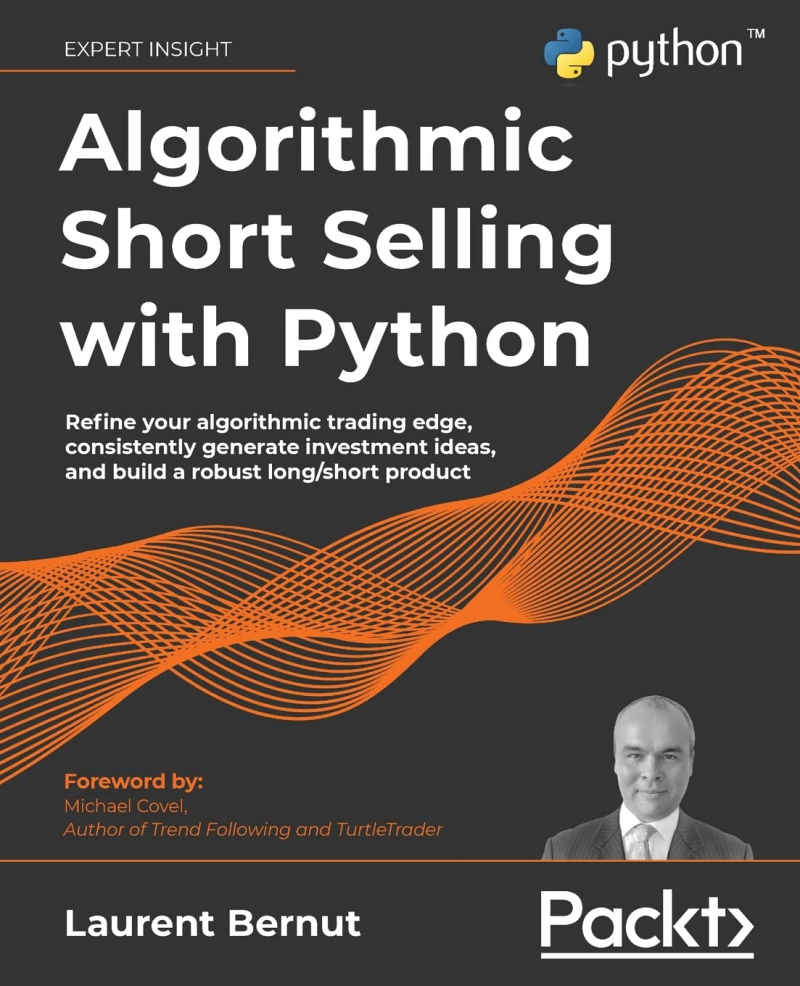
https://www.amazon.com/ 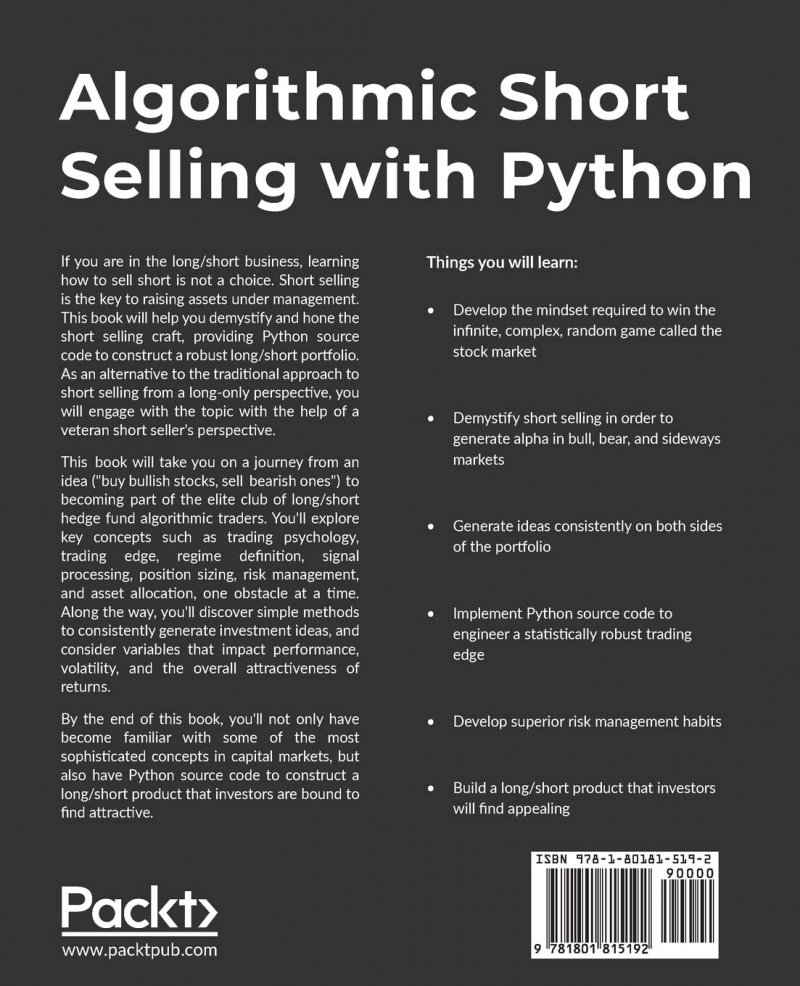
https://www.amazon.com/ -
Valliappa (Lak) Lakshmanan is Google Cloud's director of analytics and AI solutions, where he oversees a team that develops cross-industry solutions to business problems. His objective is to democratize machine learning so that anyone, anywhere can perform it.
Martin Görner is a Keras/TensorFlow product manager who is focused on improving the developer experience when utilizing cutting-edge models. He is deeply interested in science, technology, code, algorithms, and everything in between.
Ryan Gillard works as an AI engineer in Google Cloud Professional Services, where he creates machine learning models for a number of businesses. He began his work in the hospital and healthcare industries as a research scientist. He enjoys working at the interface of neuroscience and physics, where he can explore intelligence through mathematics.
Practical Machine Learning for Computer Vision demonstrates how to use machine learning models to extract information from photos. ML engineers and data scientists will learn how to use proven ML techniques to handle a variety of picture problems such as classification, object identification, autoencoders, image synthesis, counting, and captioning. This book is an excellent introduction to deep learning from start to finish, including dataset development, data preprocessing, model construction, model training, assessment, deployment, and interpretability.
Valliappa Lakshmanan, Martin Görner, and Ryan Gillard of Google show you how to construct accurate and explainable computer vision ML models and put them into large-scale production utilizing strong ML architecture in a flexible and maintainable manner. You'll learn how to use TensorFlow or Keras models to create, train, assess, and predict.
You'll discover how to:
- Create a machine learning architecture for computer vision tasks.
- Choose an appropriate model (such as ResNet, SqueezeNet, or EfficientNet) for your purpose.
- Create an end-to-end machine learning pipeline for training, evaluating, deploying, and explaining your model.
- Preprocess photos for data enhancement and learnability.
- Include recommended practices for explainability and responsible AI.
- Image models can be deployed as web services or on edge devices.
- ML models must be monitored and managed.
Author: Martin Görner, Ryan Gillard and Valliappa Lakshmanan
Link to buy: https://www.amazon.com/Practical-Machine-Learning-Computer-Vision/dp/1098102363/
Ratings: 4.5 out of 5 stars (from 16 reviews)
Best Sellers Rank: #97,668 in Books
#13 in Computer Vision & Pattern Recognition
#21 in Computer Neural Networks
#30 in Artificial Intelligence (Books)
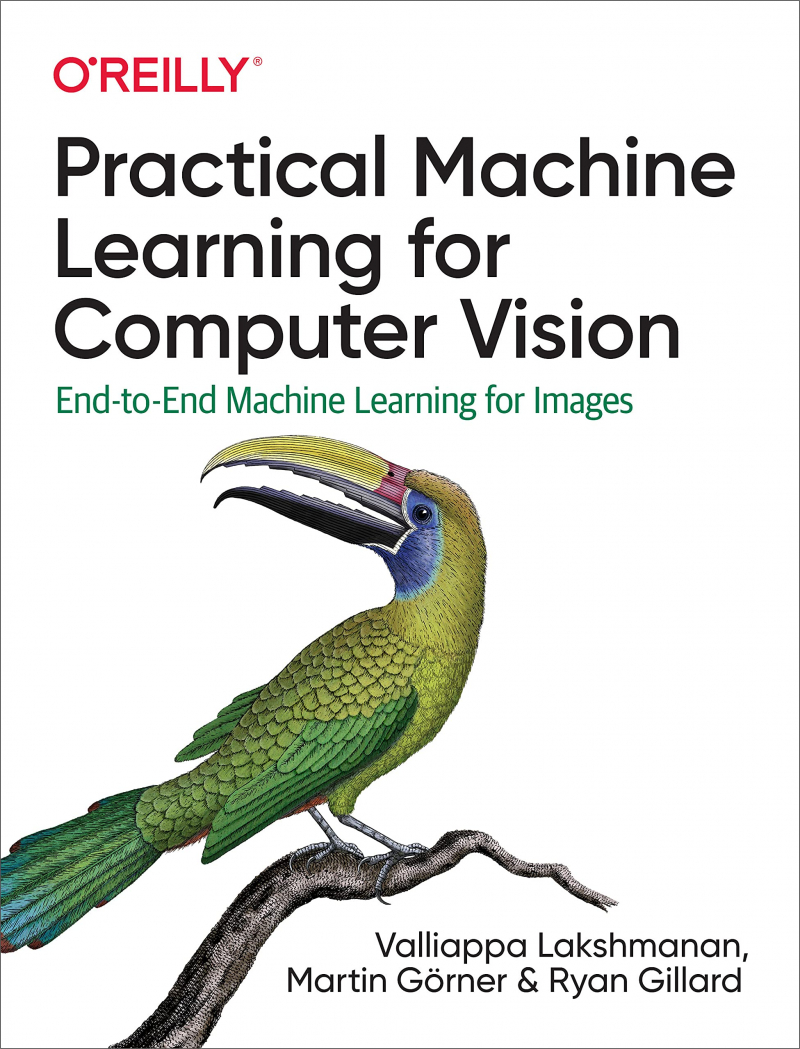
https://www.amazon.com/ 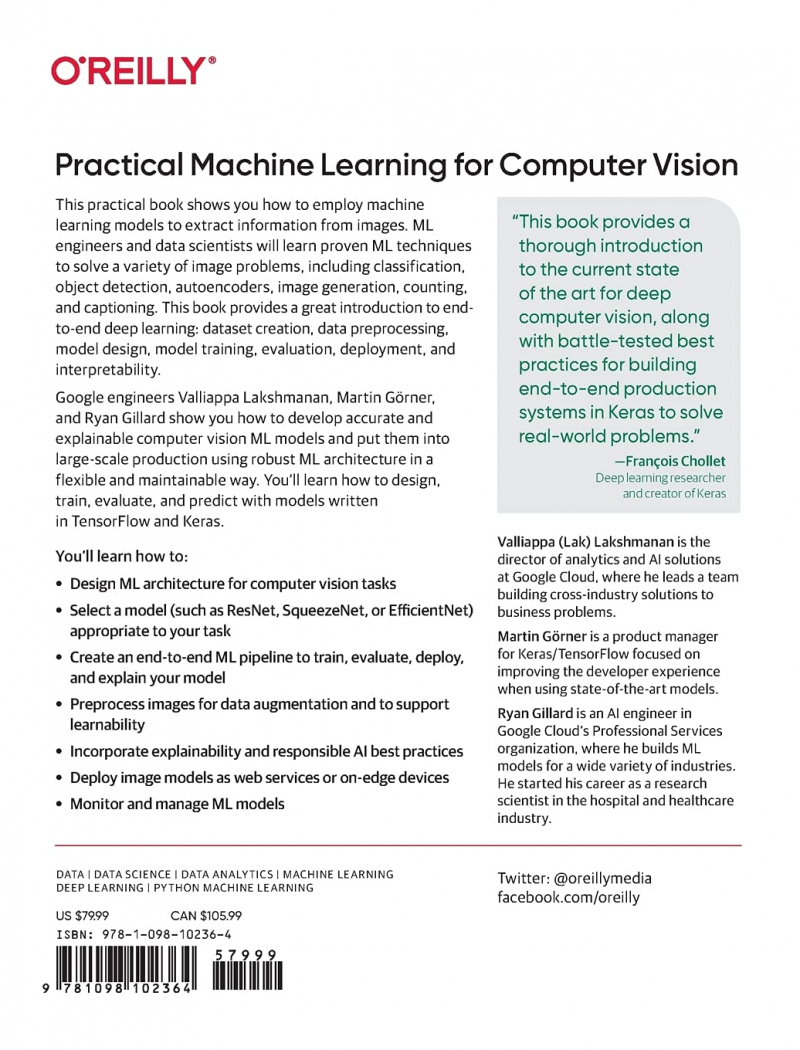
https://www.amazon.com/ -
Eli Stevens has spent the most of his career with Silicon Valley startups, holding positions ranging from software engineer (creating enterprise networking appliances) through CTO (developing software for radiation oncology). He is currently working on machine learning in the self-driving car business.
Luca Antiga began his career as a biomedical engineering researcher in the 2000s and has spent the last decade as a cofounder and CTO of an AI engineering firm. He has contributed to a number of open source projects, including the backbone of PyTorch. He recently cofounded a firm in the United States that focuses on infrastructure for data-defined software.
Thomas Viehmann is a PyTorch core developer and machine learning and PyTorch speciality educator and consultant based in Munich, Germany. With a PhD in mathematics, he is not afraid of theory, but he is very practical when it comes to computing issues.
Every other day, the authors learn about new applications for deep learning: enhanced medical imaging, accurate credit card fraud detection, long-term weather forecasting, and so on. PyTorch grants you these superpowers. PyTorch, which is instantly familiar to anyone who has used Python data tools such as NumPy and Scikit-learn, simplifies deep learning without compromising complex functionality. It's wonderful for quickly creating models, and it scales well from laptop to business.
Among the best books on computer neural networks, Deep Learning with PyTorch shows you how to use PyTorch to build deep learning and neural network systems. This practical book gets you started straight away by teaching you how to design a tumor image classifier from scratch. After learning the fundamentals, you'll move on to best practices for the whole deep learning pipeline, tackling advanced tasks as your PyTorch abilities improve. All code samples are accessible through downloadable Jupyter notebooks.
What You Will Discover:
- Understanding data structures used in deep learning, such as tensors and neural networks
- Best practices for the PyTorch Tensor API, data loading in Python, and visualization of results
- Modules and loss functions are being implemented.
- Using PyTorch Hub's pretrained models
- Methods for training neural networks with few inputs
- Sifting through untrustworthy results to diagnose and repair neural network issues
- Enhance your outcomes by using more data, improved model design, and fine tuning.
This book is intended for Python programmers with a passion for machine learning. There is no prior knowledge of PyTorch or other deep learning frameworks necessary.
Author: Eli Stevens, Luca Antiga and Thomas Viehmann
Link to buy: https://www.amazon.com/Deep-Learning-PyTorch-Eli-Stevens/dp/1617295264/
Ratings: out of 5 stars (from reviews)
Best Sellers Rank: #102,303 in Books
#19 in Computer Algorithms
#22 in Machine Theory (Books)
#22 in Computer Neural Networks
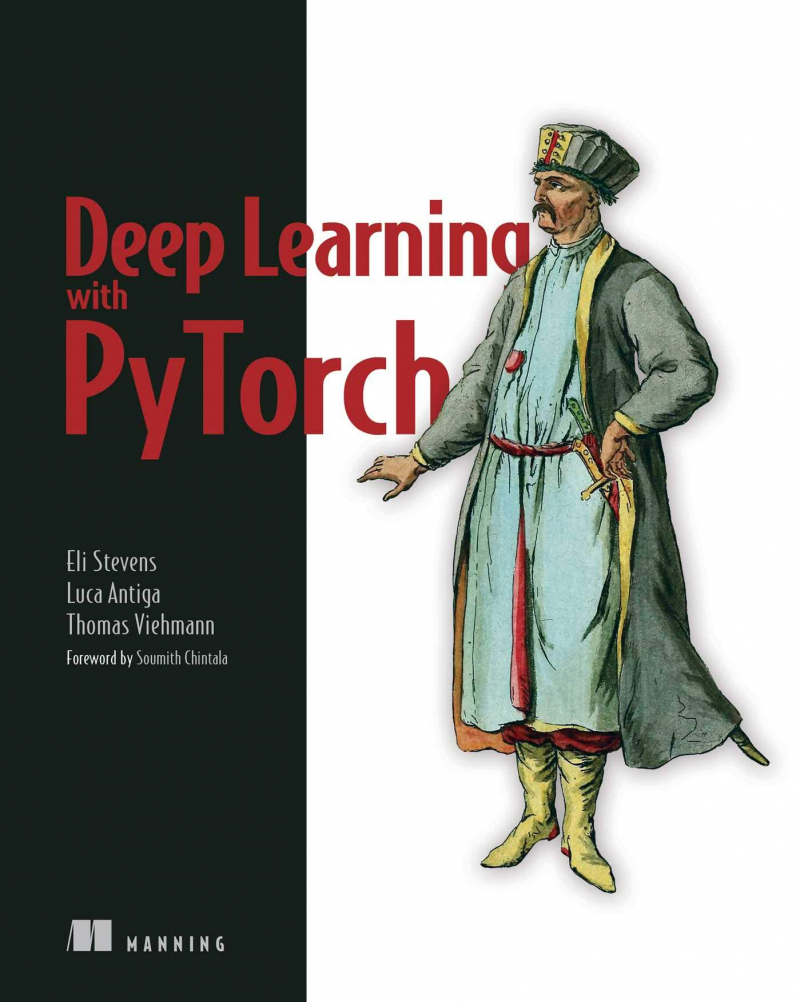
https://www.amazon.com/ 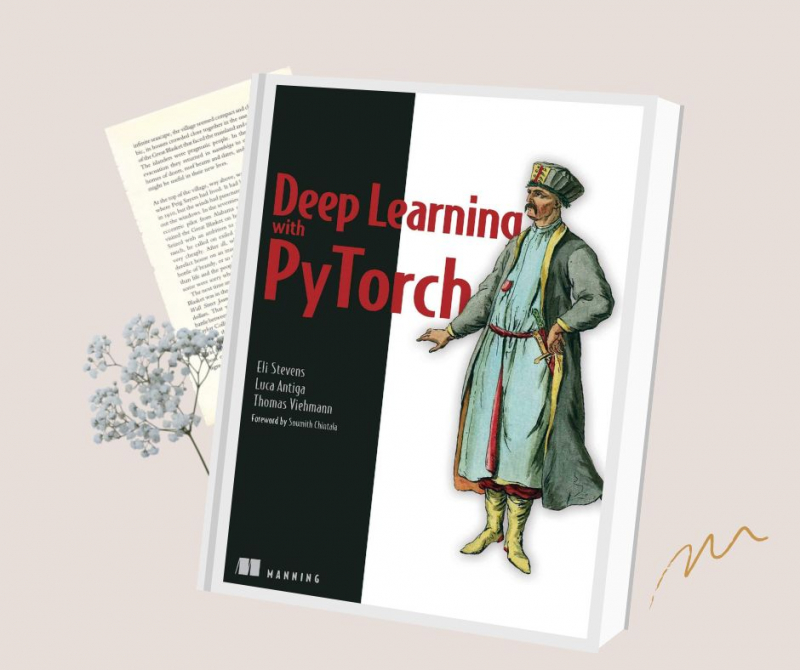
https://www.amazon.com/














